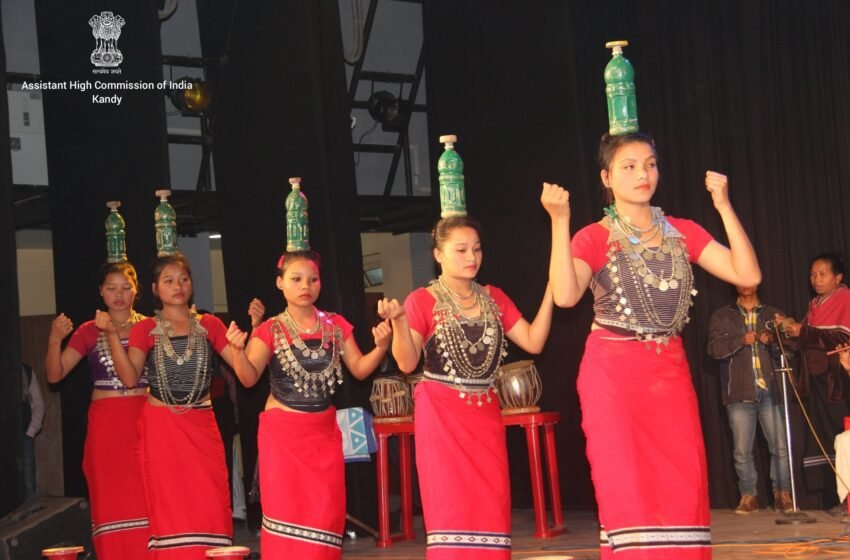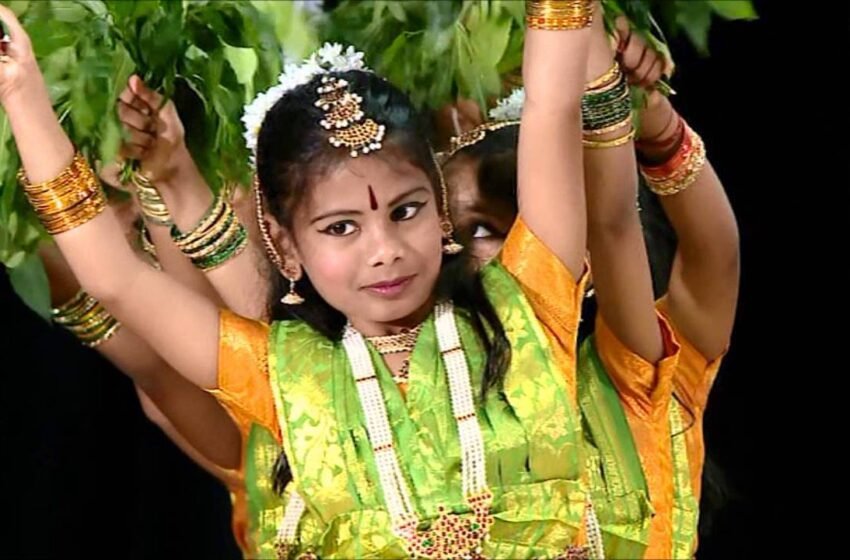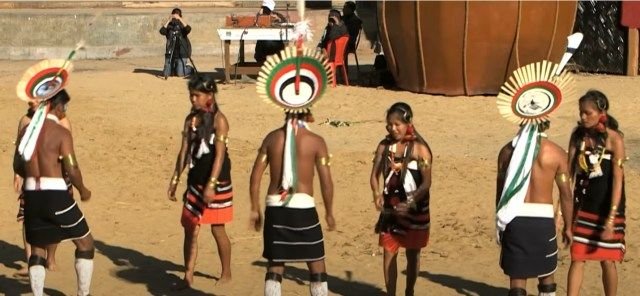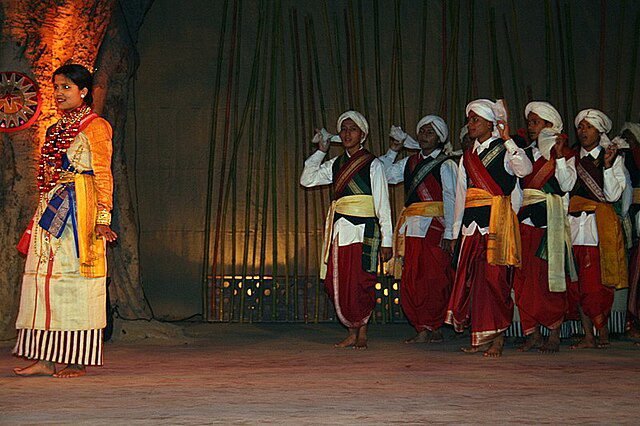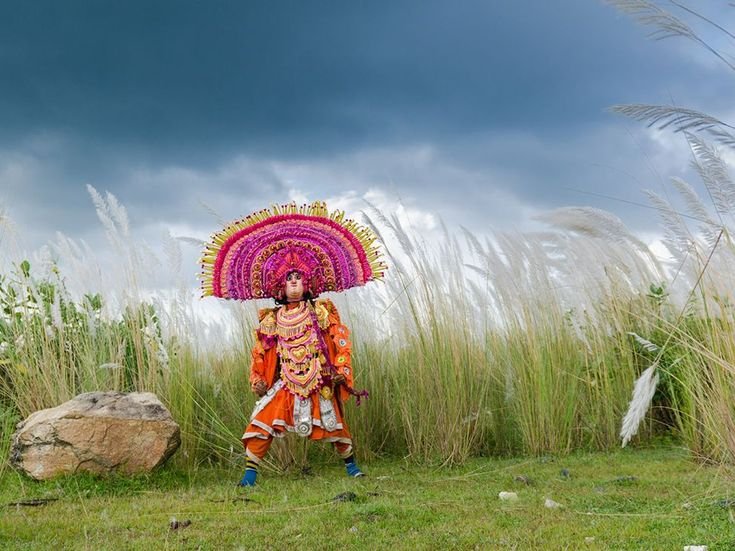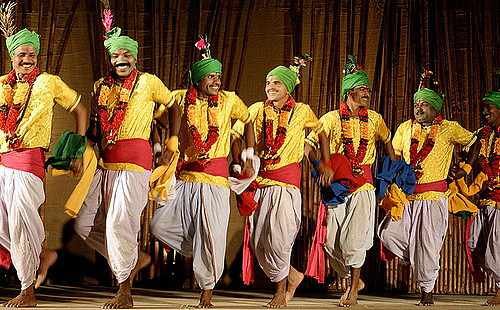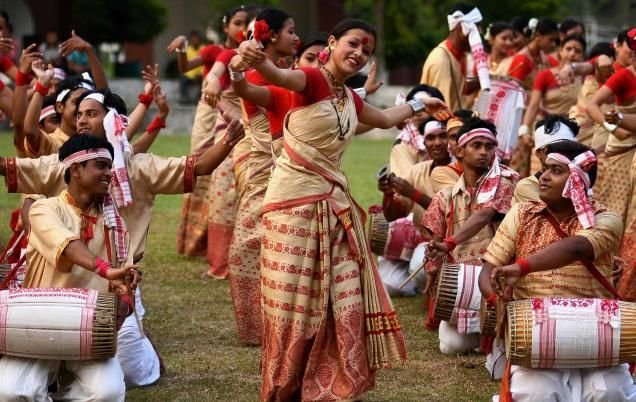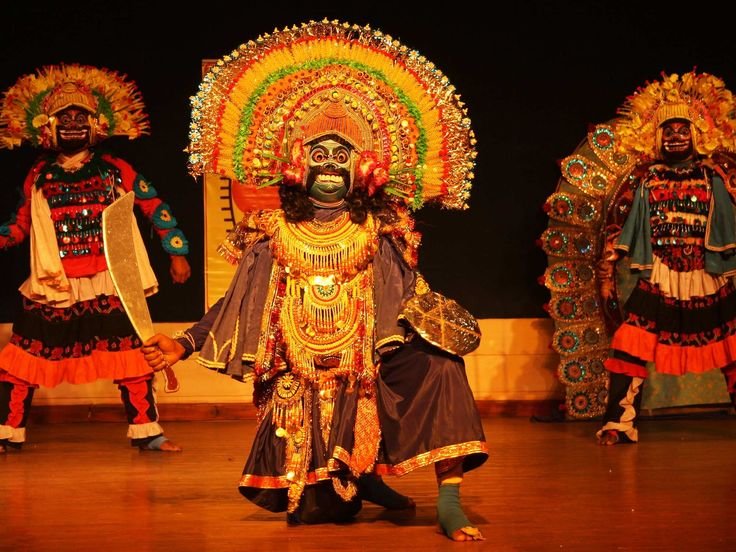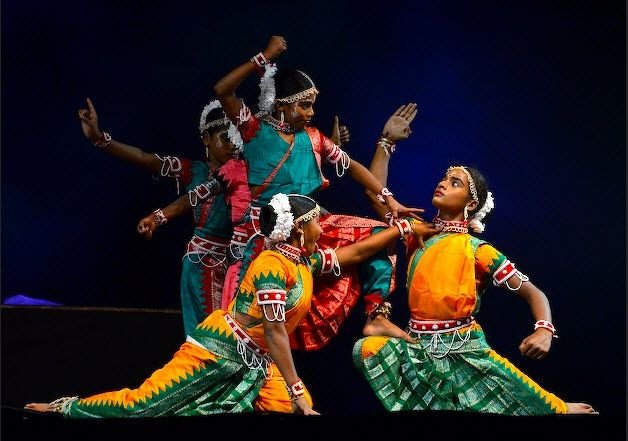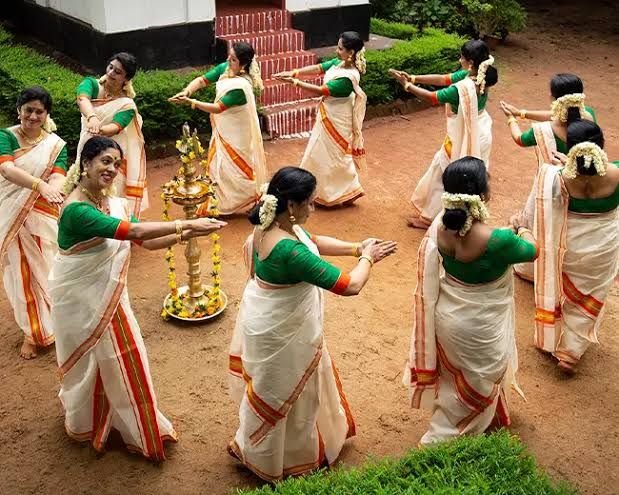Dance has always been an integral part of cultural identity, reflecting the traditions, beliefs, and artistic expressions of various communities. Among the many vibrant folk dances of India, Hojagiri stands out as a unique and mesmerizing performance, deeply rooted in the traditions of the Reang (Bru) tribe of Tripura. This extraordinary dance form, known for […]Read More
Manipur, a land renowned for its vibrant cultural traditions, is home to a rare and nearly extinct ritual dance—the Mariamman Dance. This dance was once an integral part of religious ceremonies, performed in honor of Goddess Mariamman, a deity associated with rain, healing, and protection from epidemics. Although predominantly found in Tamil Nadu, the worship […]Read More
Nagaland, a northeastern state of India, is home to some of the bravest warrior tribes. Among them, the Zeliangrong Naga tribe, residing in the hilly terrains of Mount Barail, holds a rich cultural heritage. This tribe is well known for its traditional dance forms, the most remarkable being the Zeliang dance. This dance is not […]Read More
Meghalaya, the land of rolling hills and rich tribal heritage, is home to some of India’s most vibrant and unique folk traditions. Among its many cultural treasures, the Laho Dance stands out as a joyful and communal performance, deeply rooted in the traditions of the Pnar community. Unlike other folk dances that rely on elaborate […]Read More
Purulia Chhau, a semi-classical folk dance originating from the Purulia district of West Bengal, stands as a testament to India’s rich cultural heritage. This masked dance, renowned for its vibrant costumes, intricate masks, and dramatic storytelling, combines elements of martial arts and folk traditions. With its roots tracing back to ancient times, Purulia Chhau narrates […]Read More
Jhumar, also known as Jhumair, is an age-old Indian folk dance form deeply rooted in the cultural heritage of states like Jharkhand, Odisha, Chhattisgarh, Assam, Bihar, and West Bengal. This dance is an embodiment of the spirit of celebration, unity, and connection with nature. Originating among the Indo-Aryan ethnic groups of Chotanagpur, particularly the Sadan […]Read More
The Bihu dance, a vibrant and energetic folk dance from Assam, India, stands as a significant cultural emblem representing the Assamese community’s traditions and celebrations. Rooted deeply in the essence of the Bihu festival, this dance form encapsulates the joy, vigor, and spirit of Assamese culture. Its origins can be traced to ancient fertility rites, […]Read More
Chhau, also spelled as Chhou, is a semi-classical Indian dance form that blends martial arts, folk traditions, and classical influences. Predominantly performed in the states of West Bengal, Jharkhand, and Odisha, Chhau has three distinct styles named after their respective geographical regions: Purulia Chhau of West Bengal, Seraikella Chhau of Jharkhand, and Mayurbhanj Chhau of […]Read More
Gotipua is one of India’s most unique and mesmerizing traditional dance forms, hailing from the culturally rich state of Odisha. This folk dance, primarily performed by young boys dressed as women, is celebrated for its vibrant costumes, intricate expressions, acrobatic poses, and devotional essence. Often considered the precursor to the classical Odissi dance, Gotipua embodies […]Read More
Kummi, one of the most ancient and cherished folk dances of Tamil Nadu and Kerala, represents the cultural richness and traditions of South Indian villages. Primarily performed by women, this vibrant dance form combines rhythmic clapping, dynamic movements, and heartfelt singing to create a captivating experience. Rooted in agrarian societies, Kummi reflects the simplicity and […]Read More
